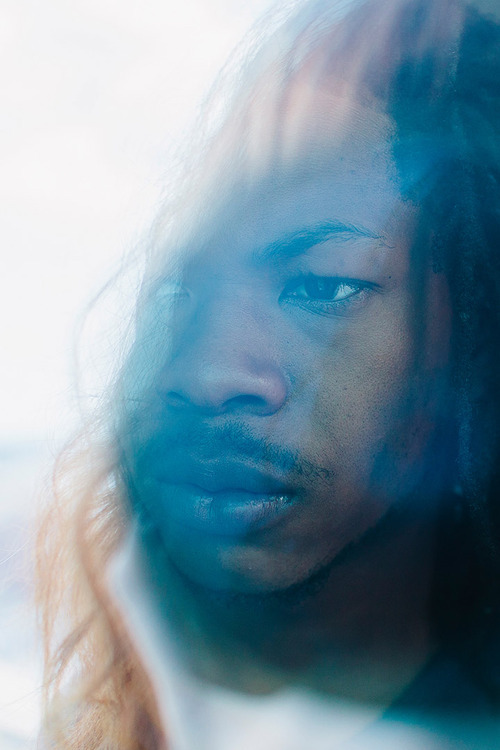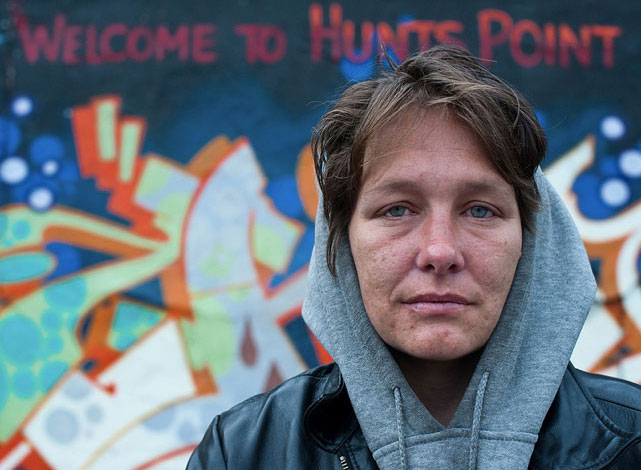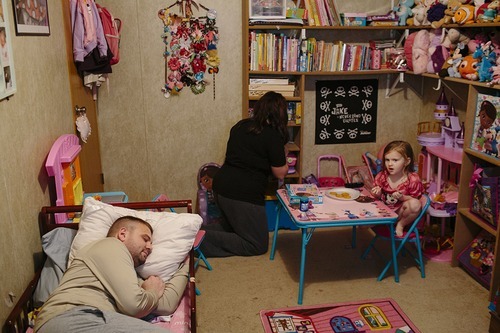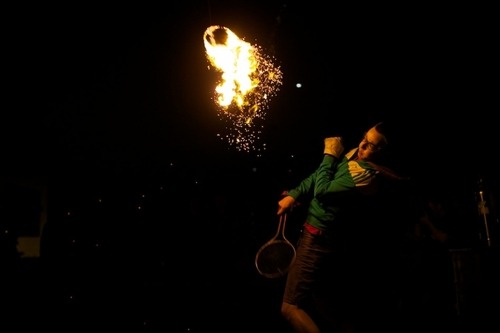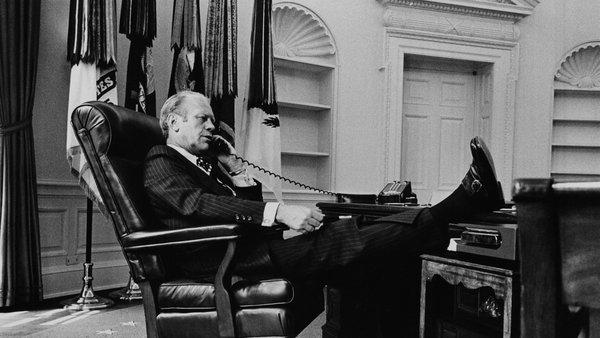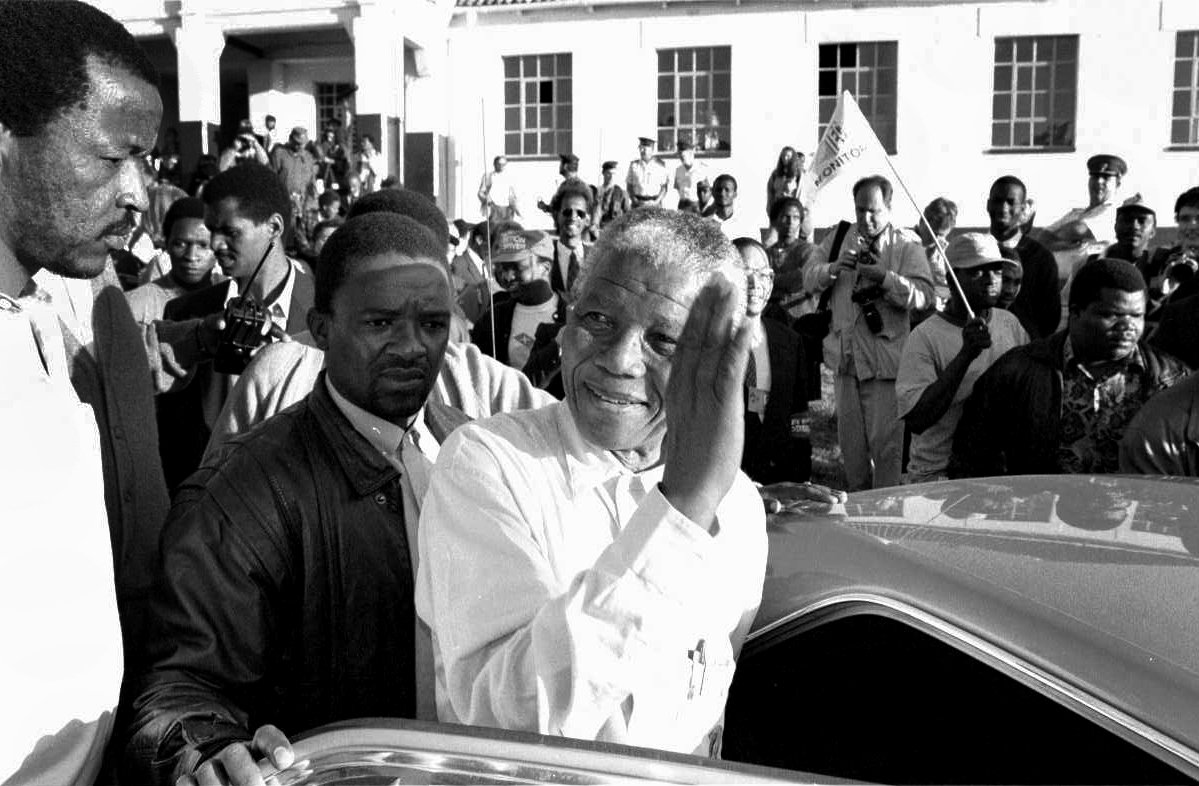Moises Saman’s Stunning Photos See a Place Beyond Death
I asked him how to keep your humanity in a warzone.
via Vice: http://www.vice.com/en_uk/read/moises-saman-interview-magnum-photography
Peruvian photographer, Moises Saman, has spent his recent years living in Cairo, documenting the Arab Spring’s effect on the city’s residents. Though he might argue “documenting” is the wrong word. His work wilfully avoids a chronological, ordered, historical view of the uprising – instead focusing on honesty and emotions. We spoke to him about how he maintains faith in humanity after working in warzones for years, and the irrelevance of “objectivity” in relation to his work.

